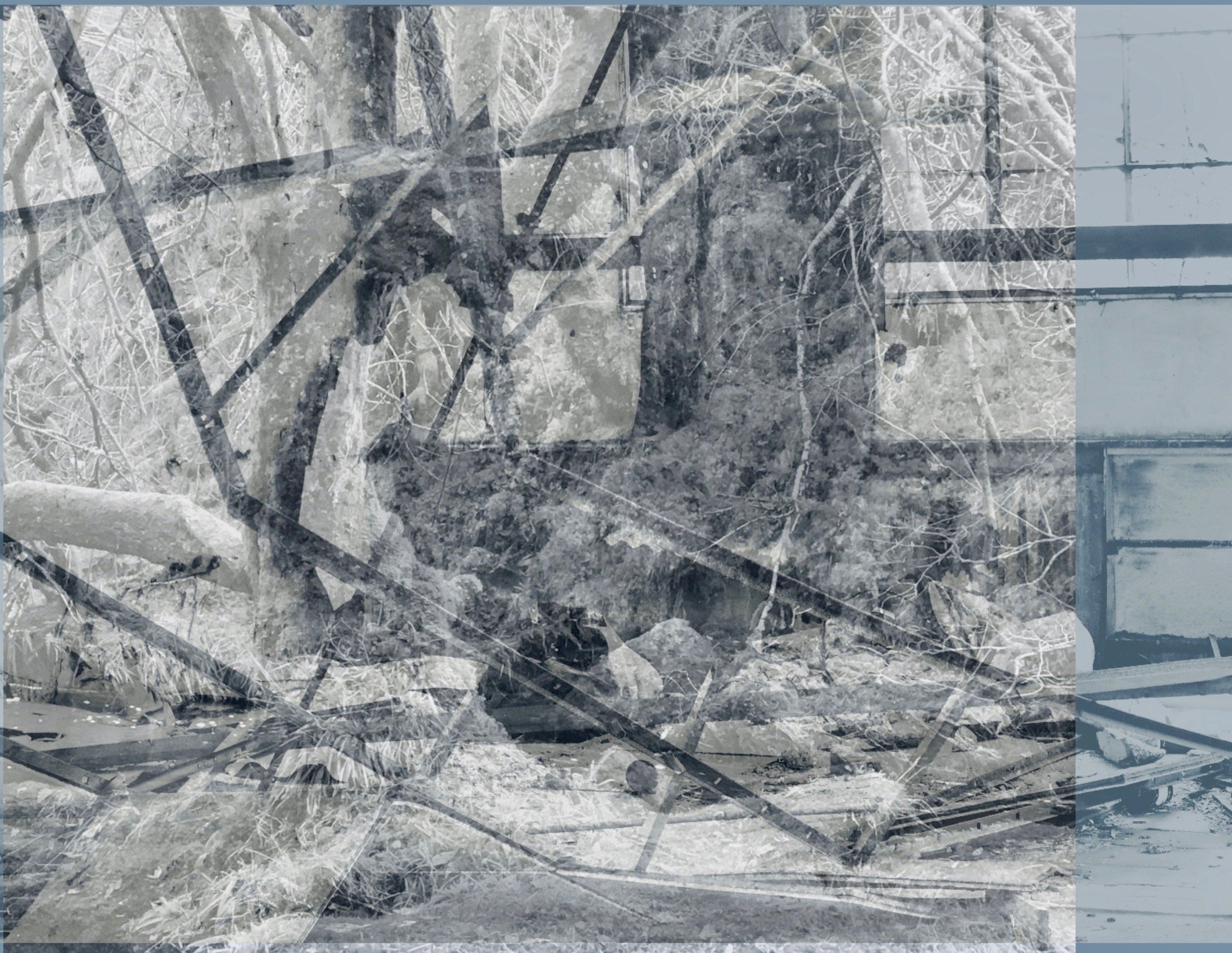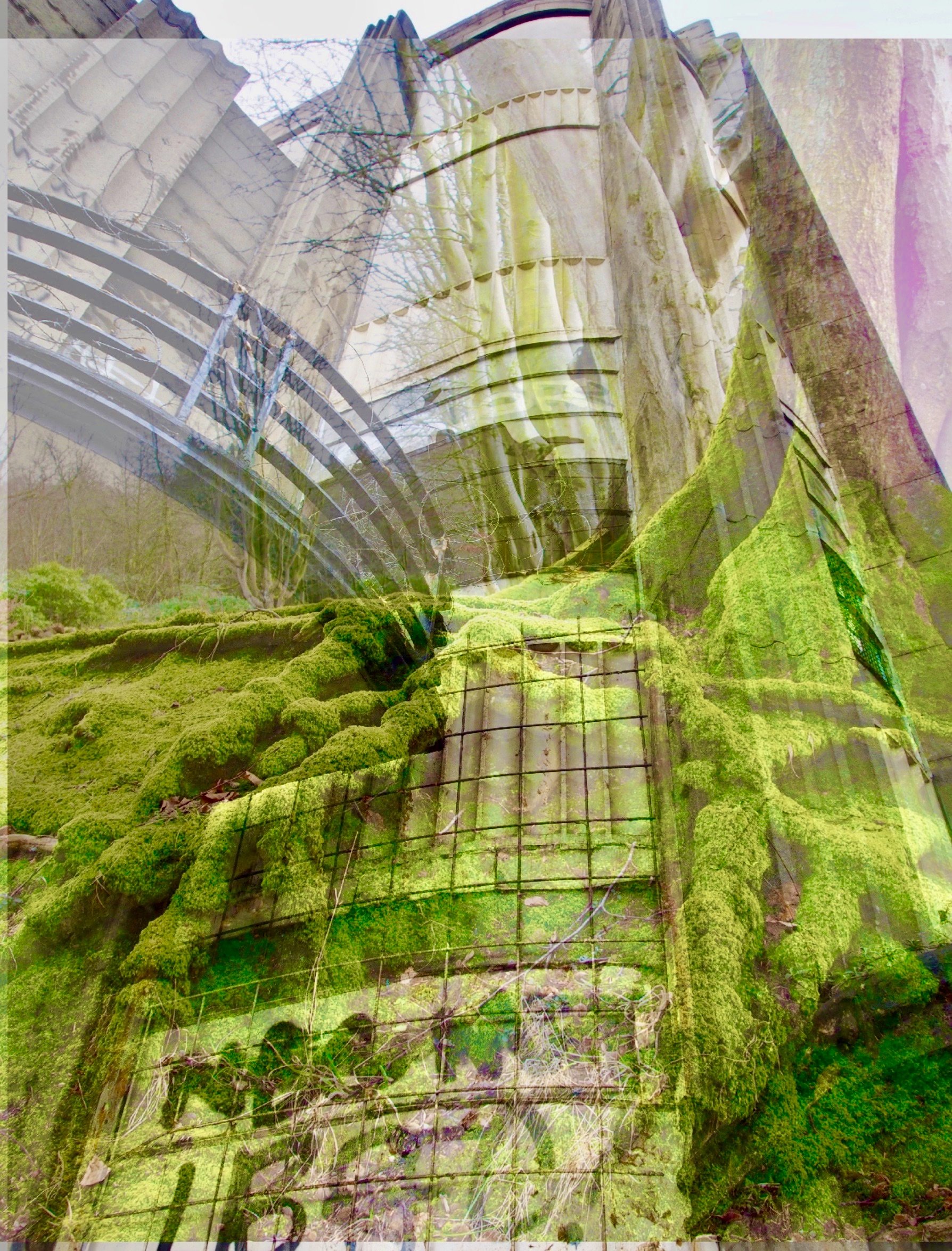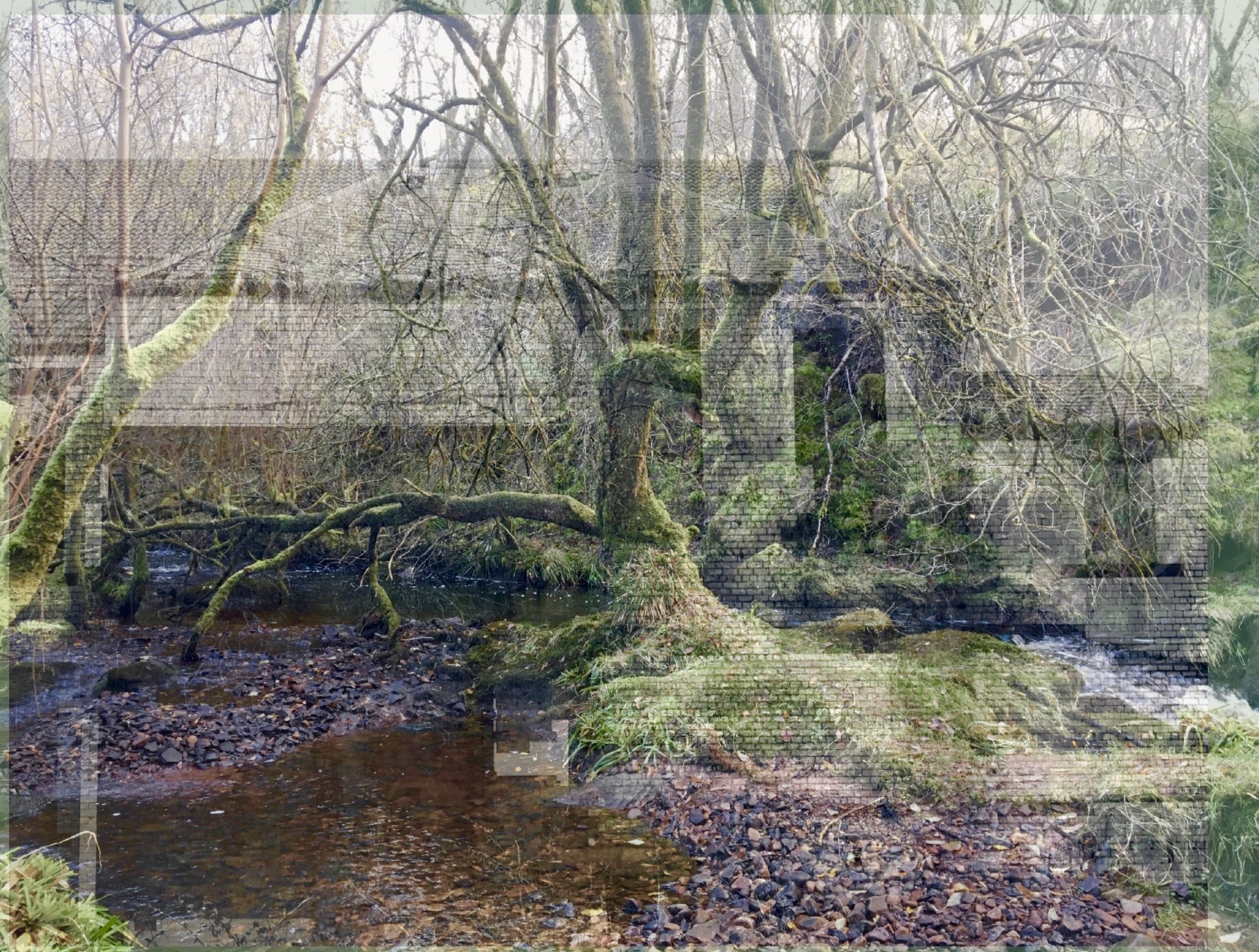This project is grounded in the notion of “ruin,” a concept explored through the intersecting frameworks of women, industry, mythology, and the natural environment. These themes are not treated in isolation, but instead form a continuous thread running through the entirety of my practice. By weaving them together, I seek to create a body of work that interrogates the cultural, historical, and ecological narratives shaping our understanding of destruction, regeneration, and survival.
At the heart of this exploration lies my particular interest in the poetic behavioural characteristics of nature, its cycles, patterns, and instincts, and how these qualities are interchangeable with human traits. I am drawn to the moments of surreal hybridization, where human and animal identities blur, and where instinct and reason collide. In these liminal spaces, the natural and the human are no longer separate categories but instead collapse into one another, producing hybrid figures that question fixed ideas of identity, agency, and belonging. This merging corresponds to larger structures in both nature and the landscape: erosion, decay, regrowth, and resilience. Through these connections, my work constructs narratives and environments that complicate and challenge our assumptions about gender, power, and ecology.
Adrienne Rich captures this complexity when she writes:
“The labor of childbirth has been a form of forced labor. For centuries, most women had no means of preventing conception, and they carried the scriptural penalty of Eve’s curse with them into the birth chamber.”
— Of Woman Born, New York: W.W. Norton & Company, 1986, p.158.
This passage exposes the historical entanglement between women’s bodies, cultural mythology, and systems of power. Just as women have been burdened with a narrative of punishment and subjugation, so too has nature been feminized and treated with contempt. The patriarchal framework, which casts nature as feminine, simultaneously renders it subordinate, something to be dominated, exploited, and controlled. Within the Anthropocene, we are confronted with the consequences of this worldview: the degradation of ecosystems, the destabilisation of climates, and the collapse of species diversity. The treatment of women and the treatment of the Earth mirror one another, revealing a shared pattern of disregard rooted in the same structures of power.
My work responds to this dualism, the persistent framing of women as either selfless nurturers and mothers or as figures of authority whose power is perceived as threatening. By interrogating this binary, I aim to destabilise the simplistic associations of femininity with sacrifice, passivity, or absence. Instead, I position women, nature, and hybrid forms as active presences, agents of both life and death, growth and decay, destruction and regeneration. These tensions mirror broader ideas of presence and absence, life and mortality, permanence and fragility, and they open a space for reimagining alternative narratives.
To manifest these ideas materially, I work with found, painted, and personal objects, materials that carry with them histories of use, memory, and transformation. Recycling and reconfiguring these objects allows me to build layered surfaces and fragmented environments that hold traces of both intimacy and estrangement. The process itself echoes the themes of ruin and regeneration: objects once discarded or overlooked are reanimated into new forms, much as neglected histories and suppressed voices can be reclaimed and given presence.
Through this practice, painting is not only questioned as a contemporary medium but also expanded as a site of critical inquiry, an arena where mythology, ecology, gender, and industry converge. By reworking materials, symbols, and narratives, I seek to create a visual language that refuses binary categorisation and instead dwells in the space of hybridity: a space where ruin becomes both an end and a beginning, both loss and transformation.
Women / Woman / Her / Mother / Matriarchy
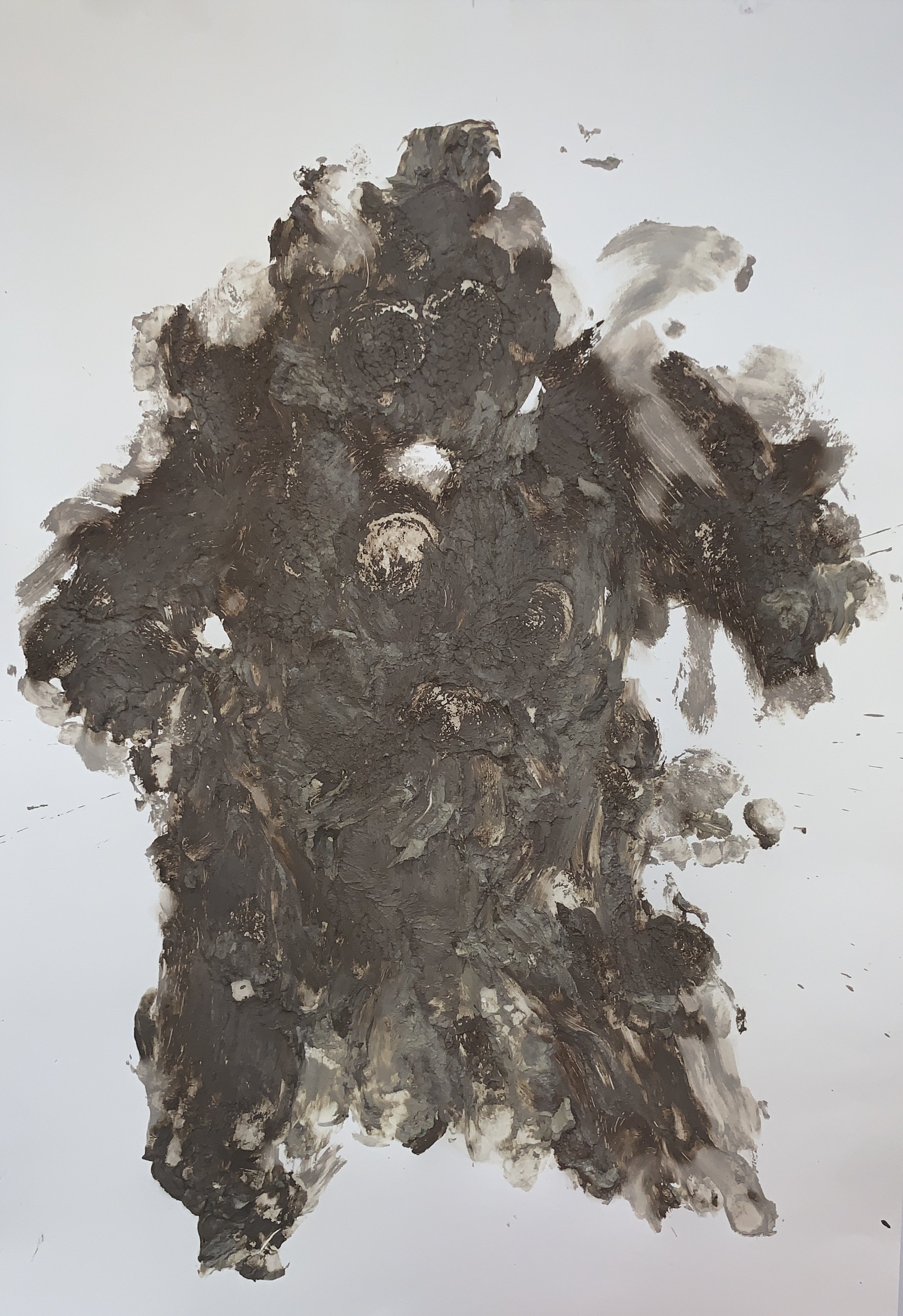
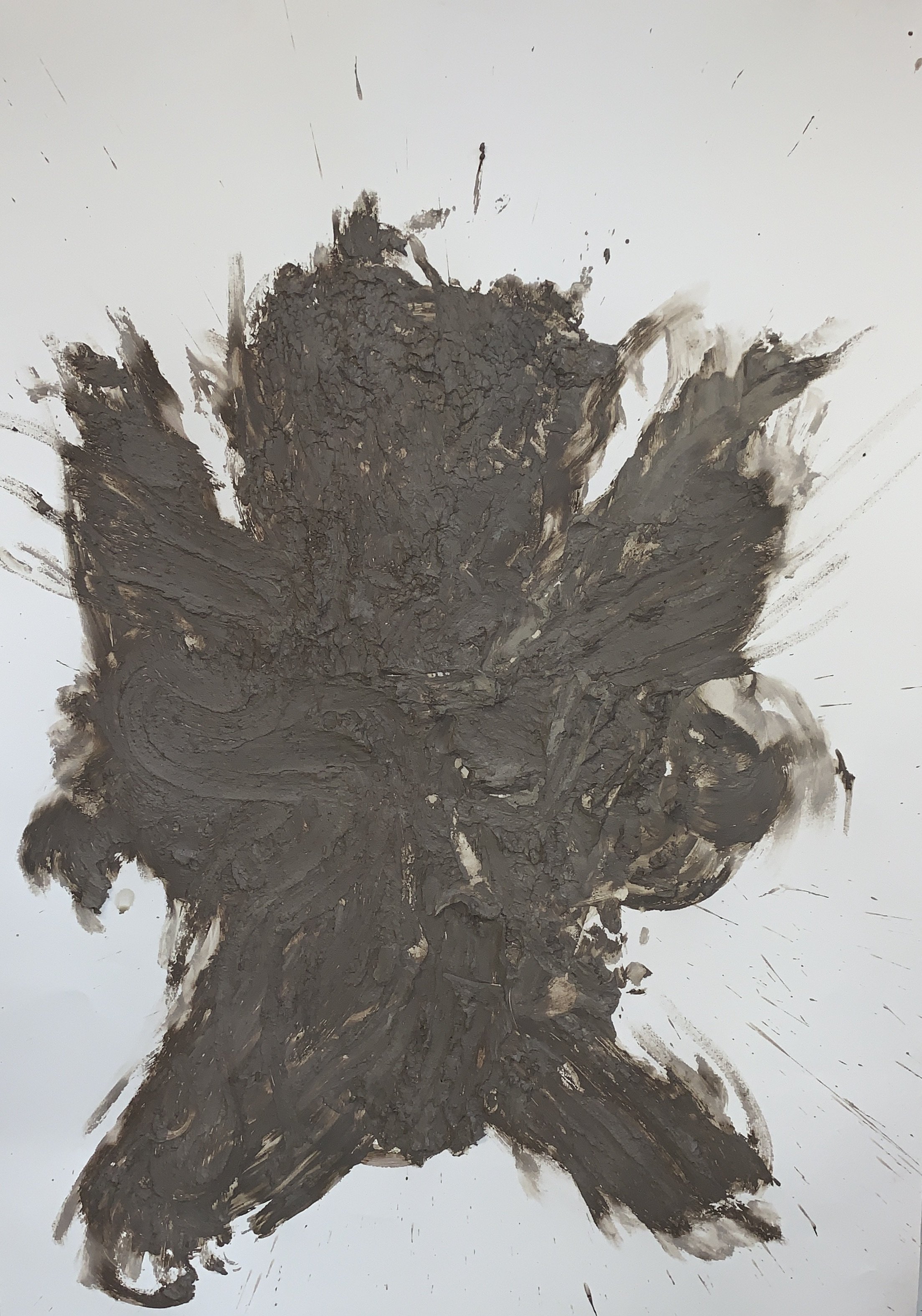
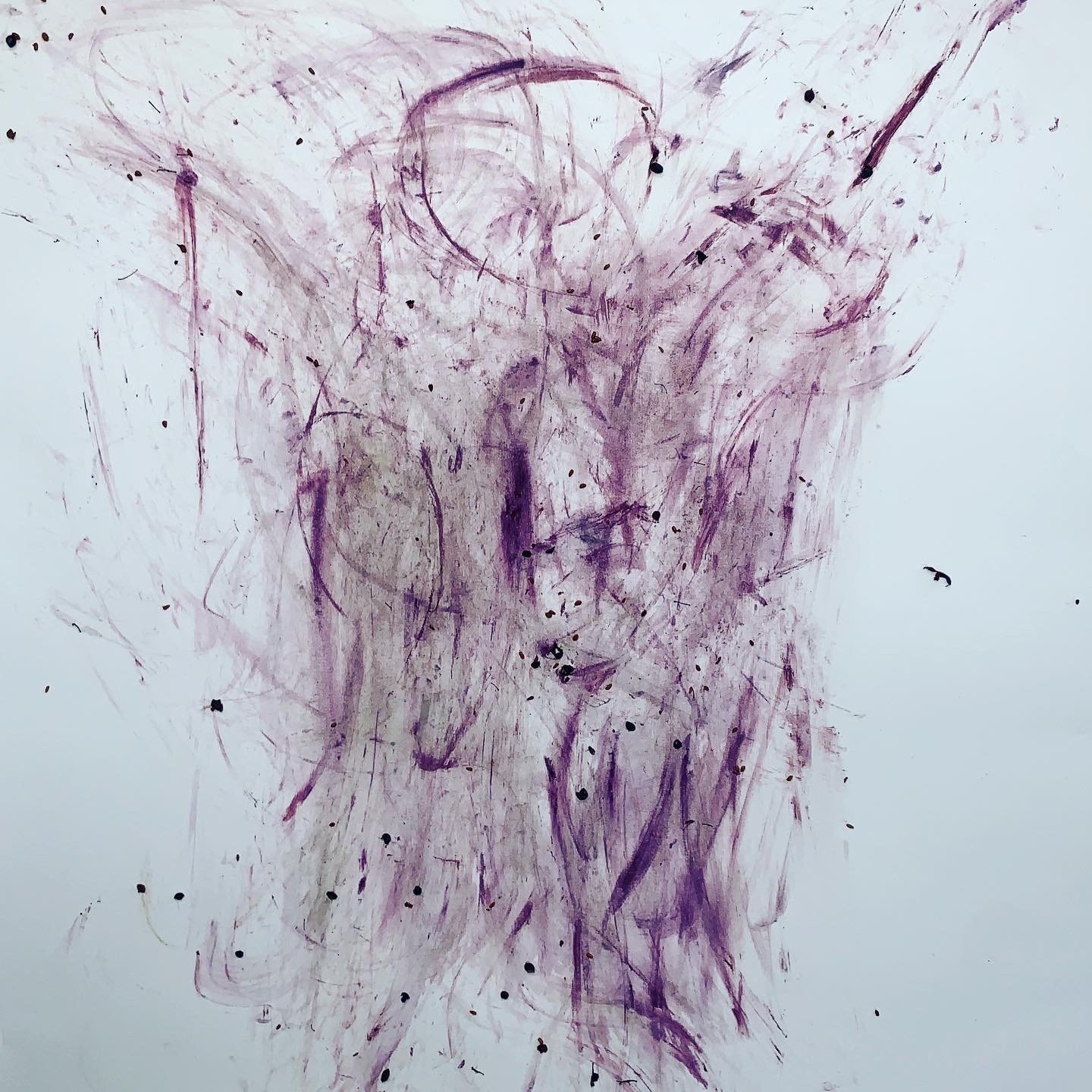
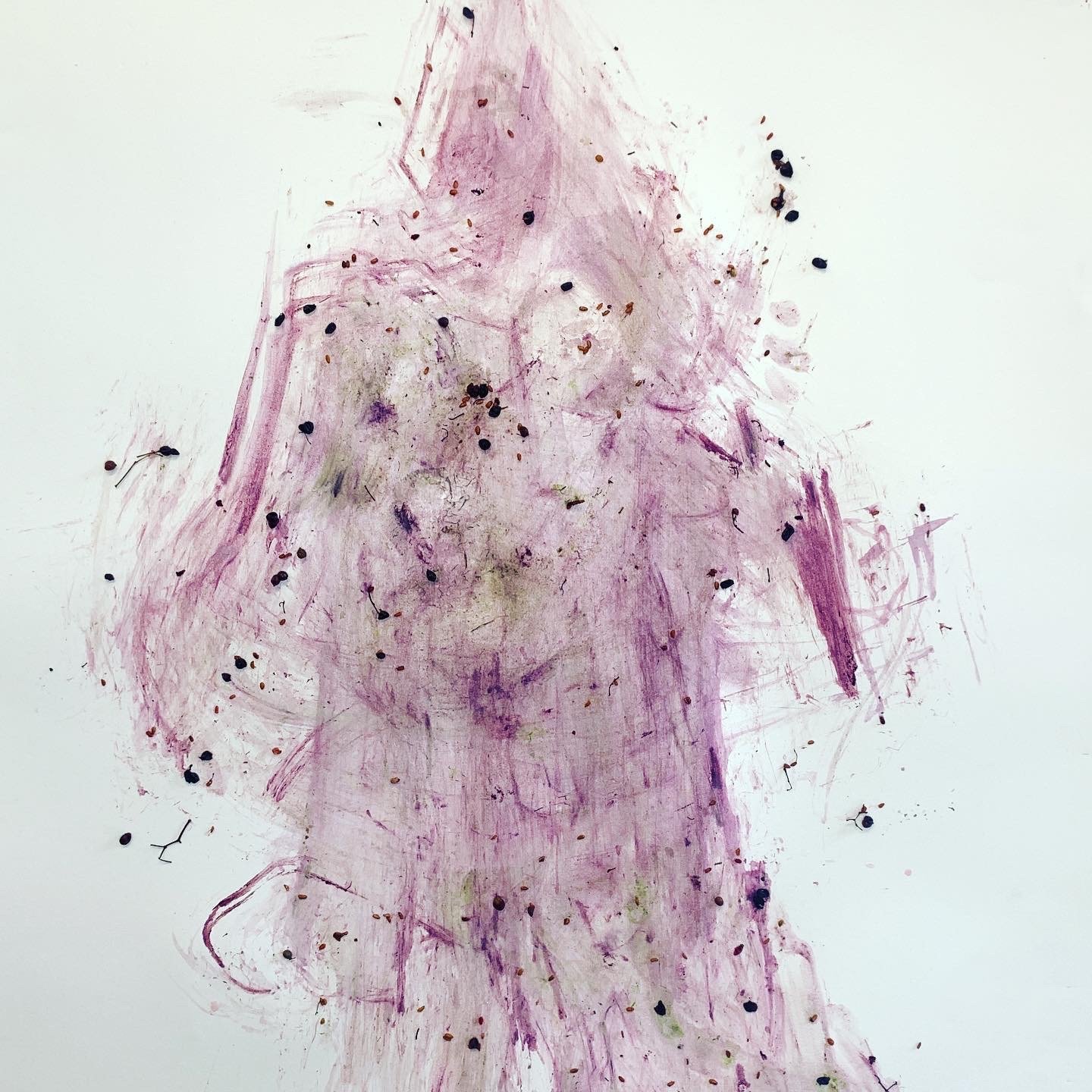
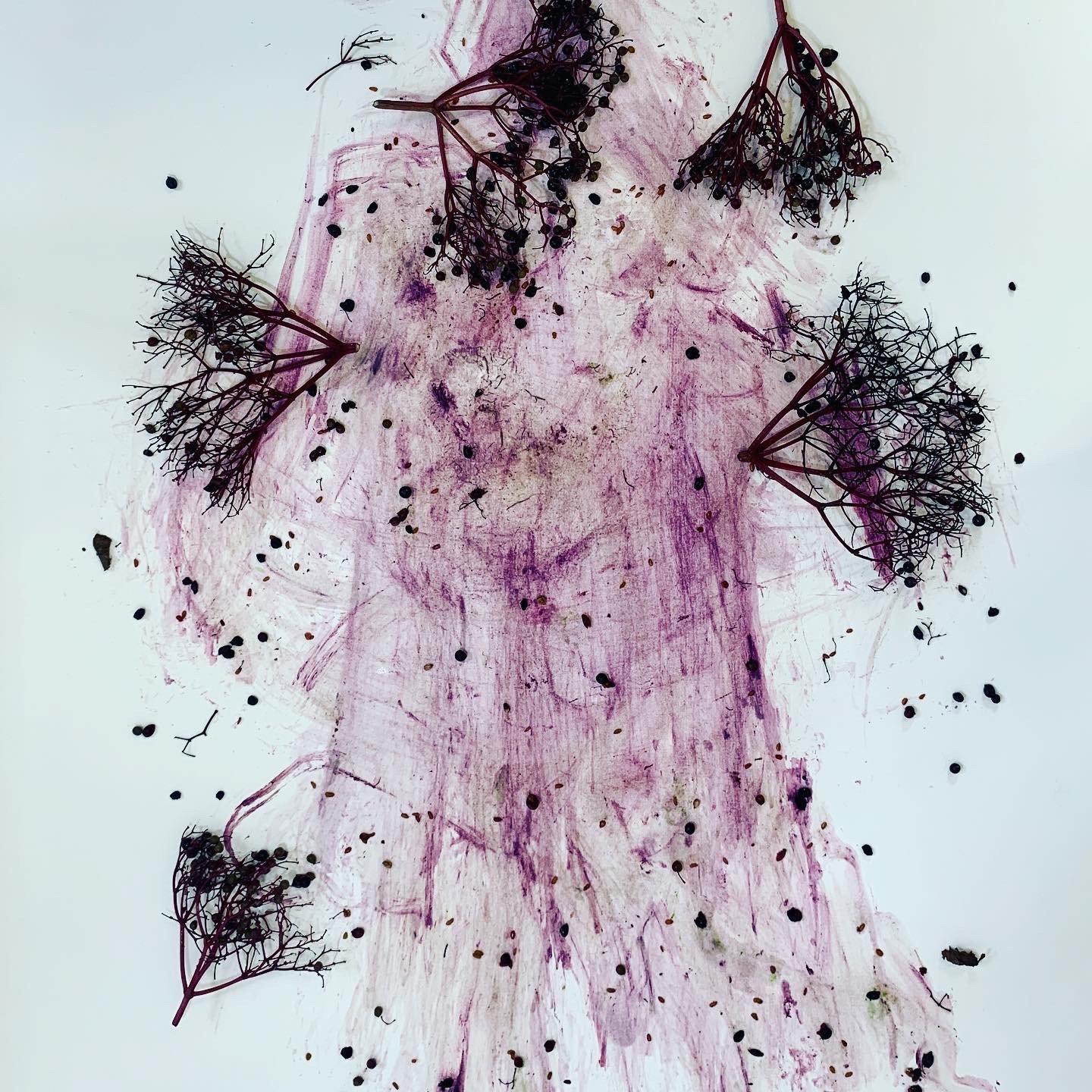
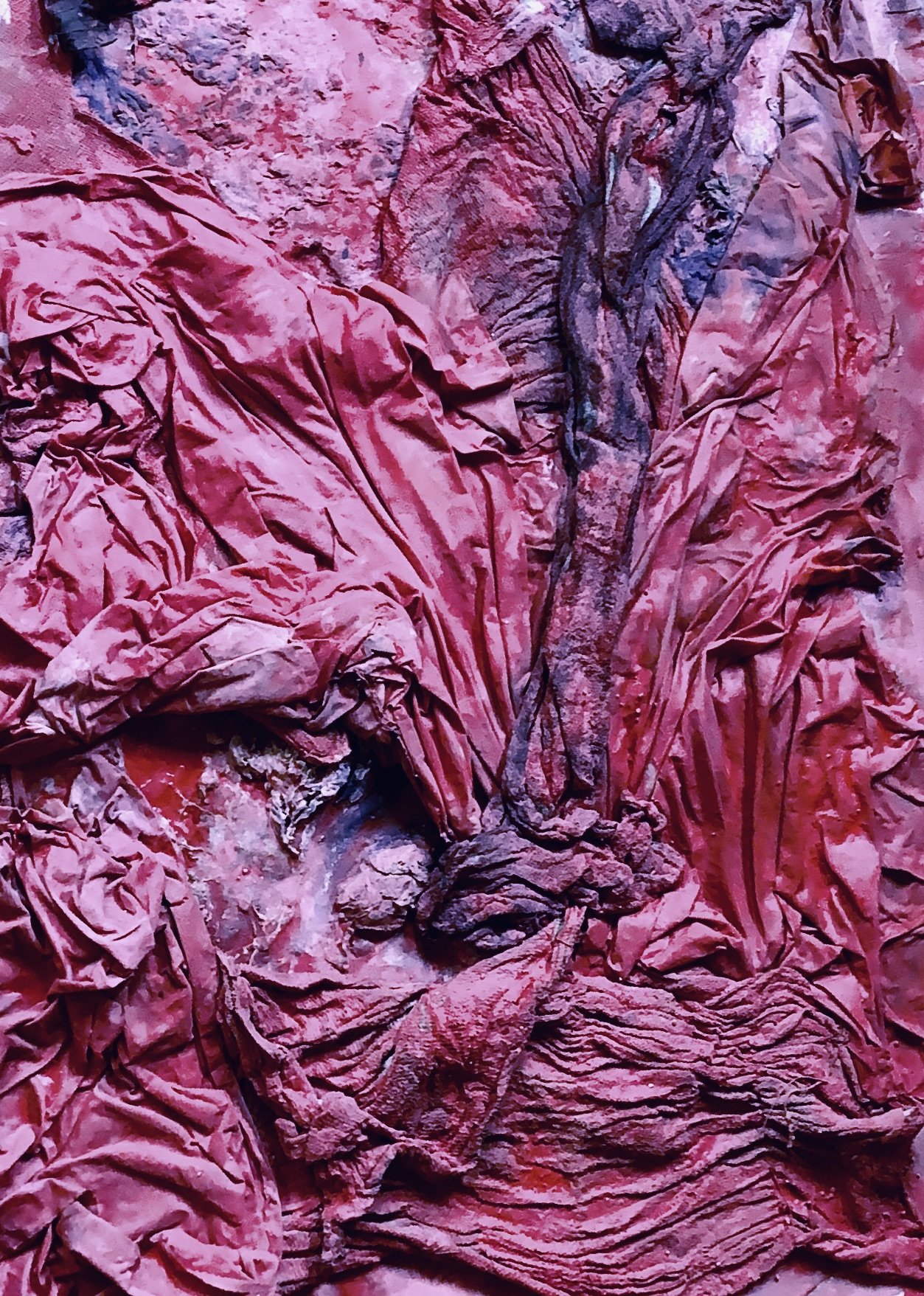
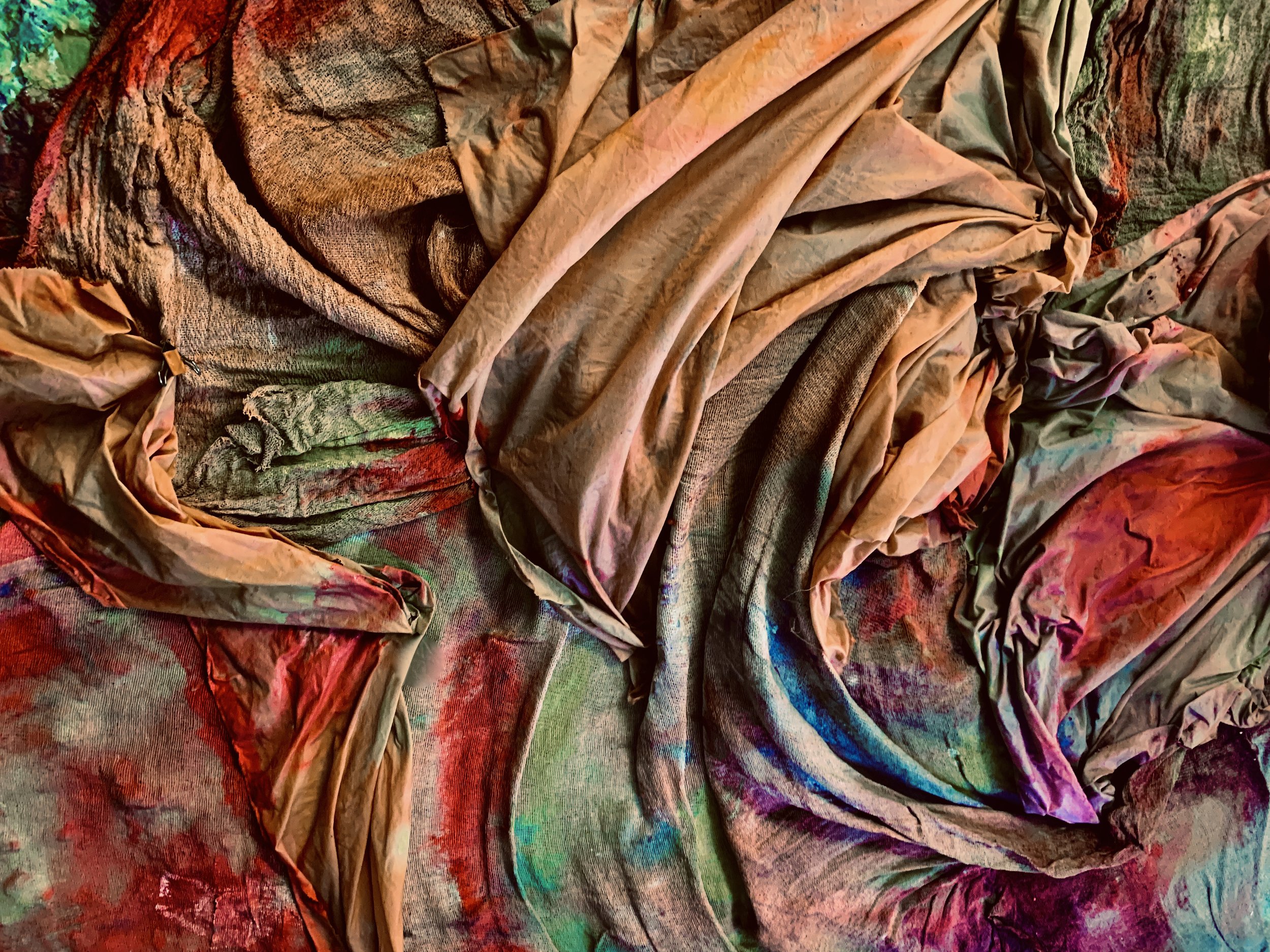
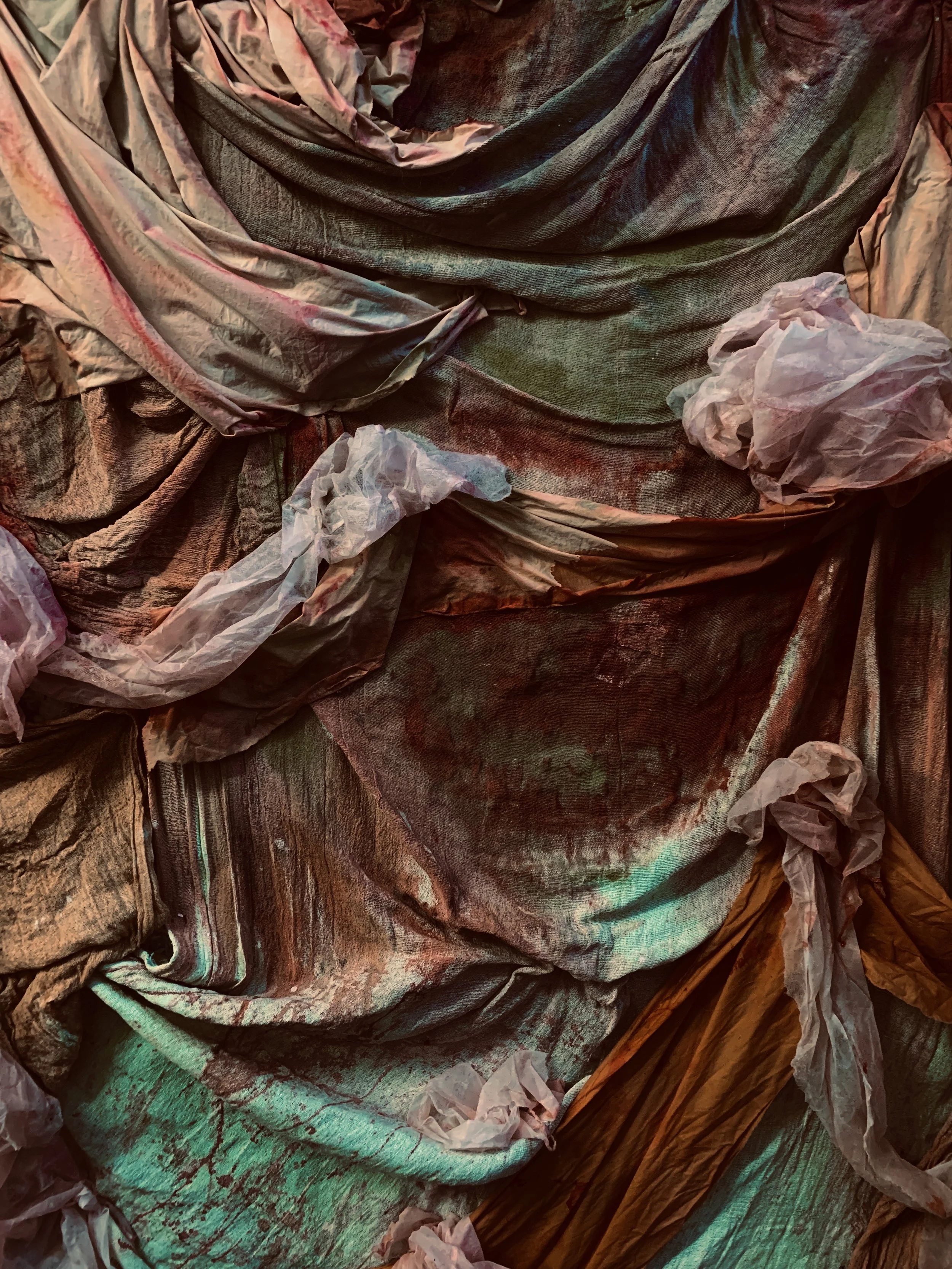
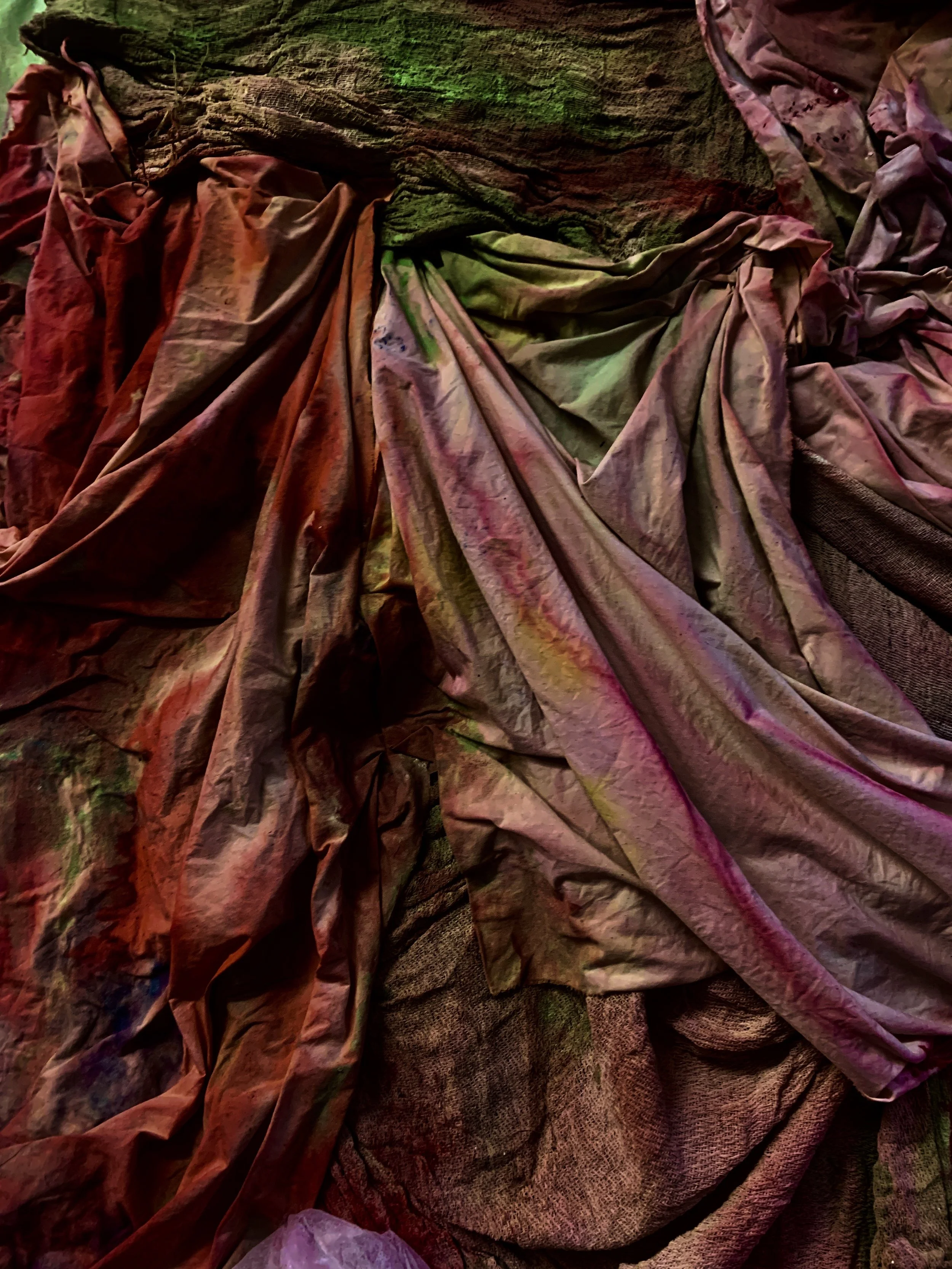
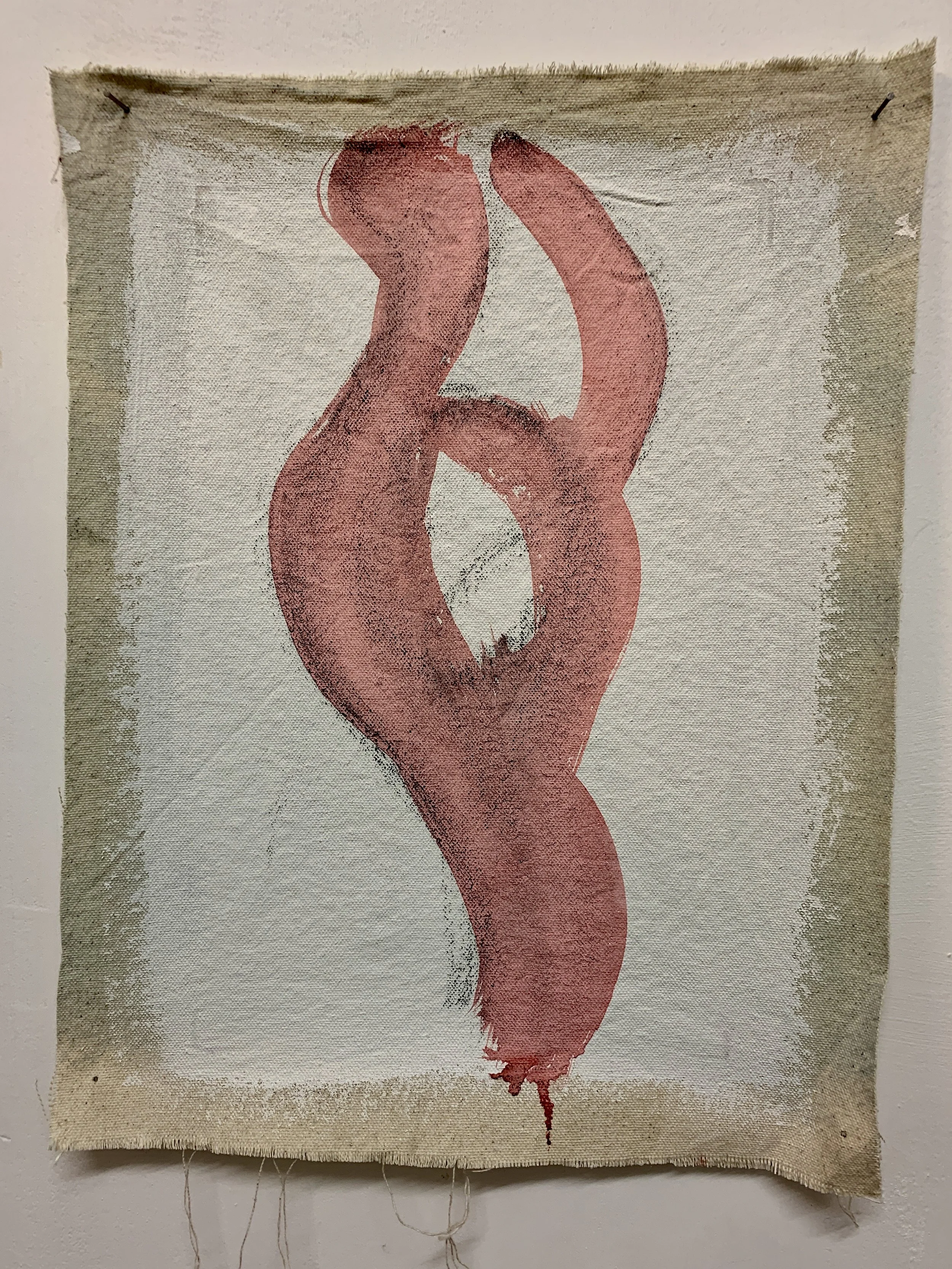

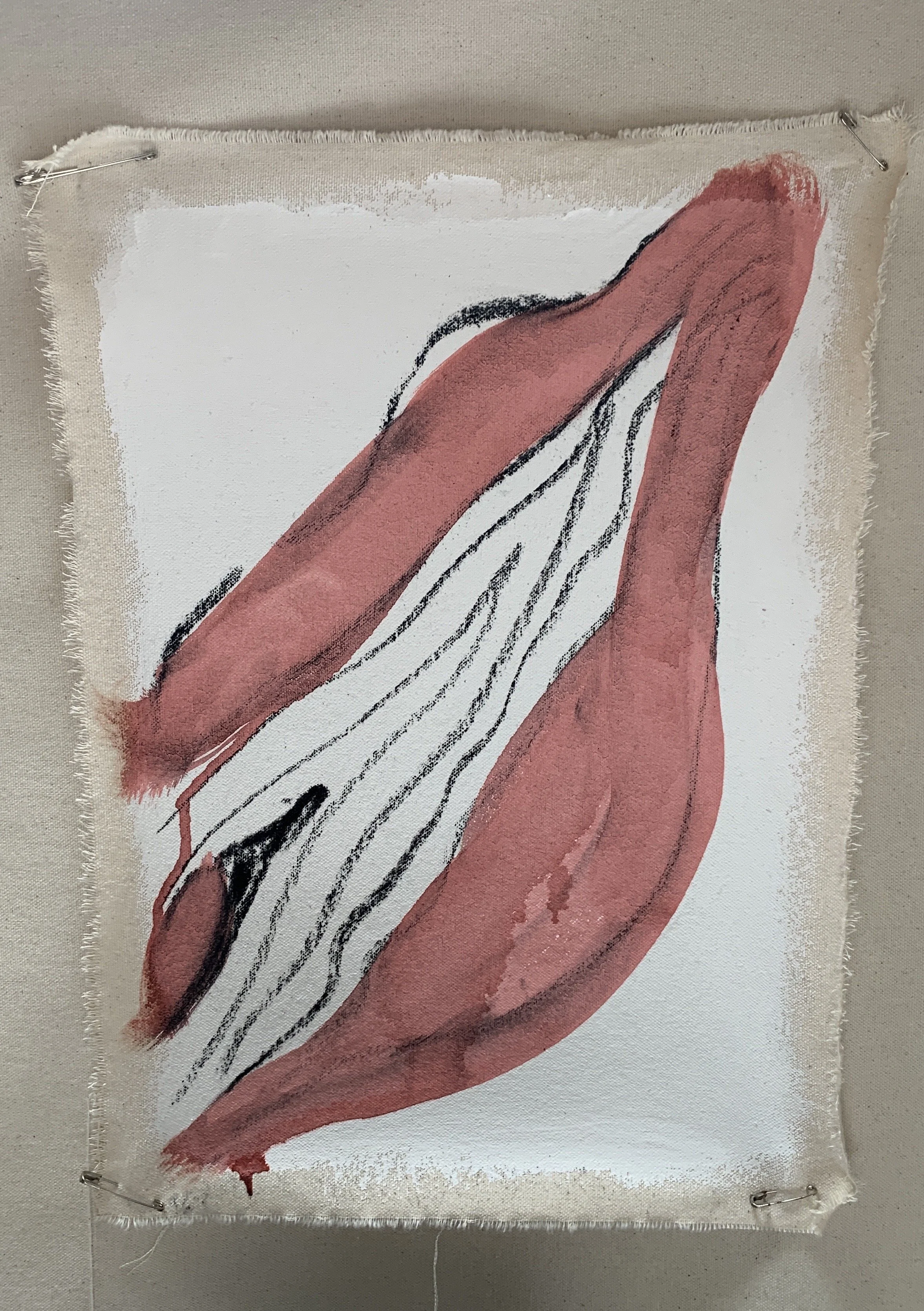


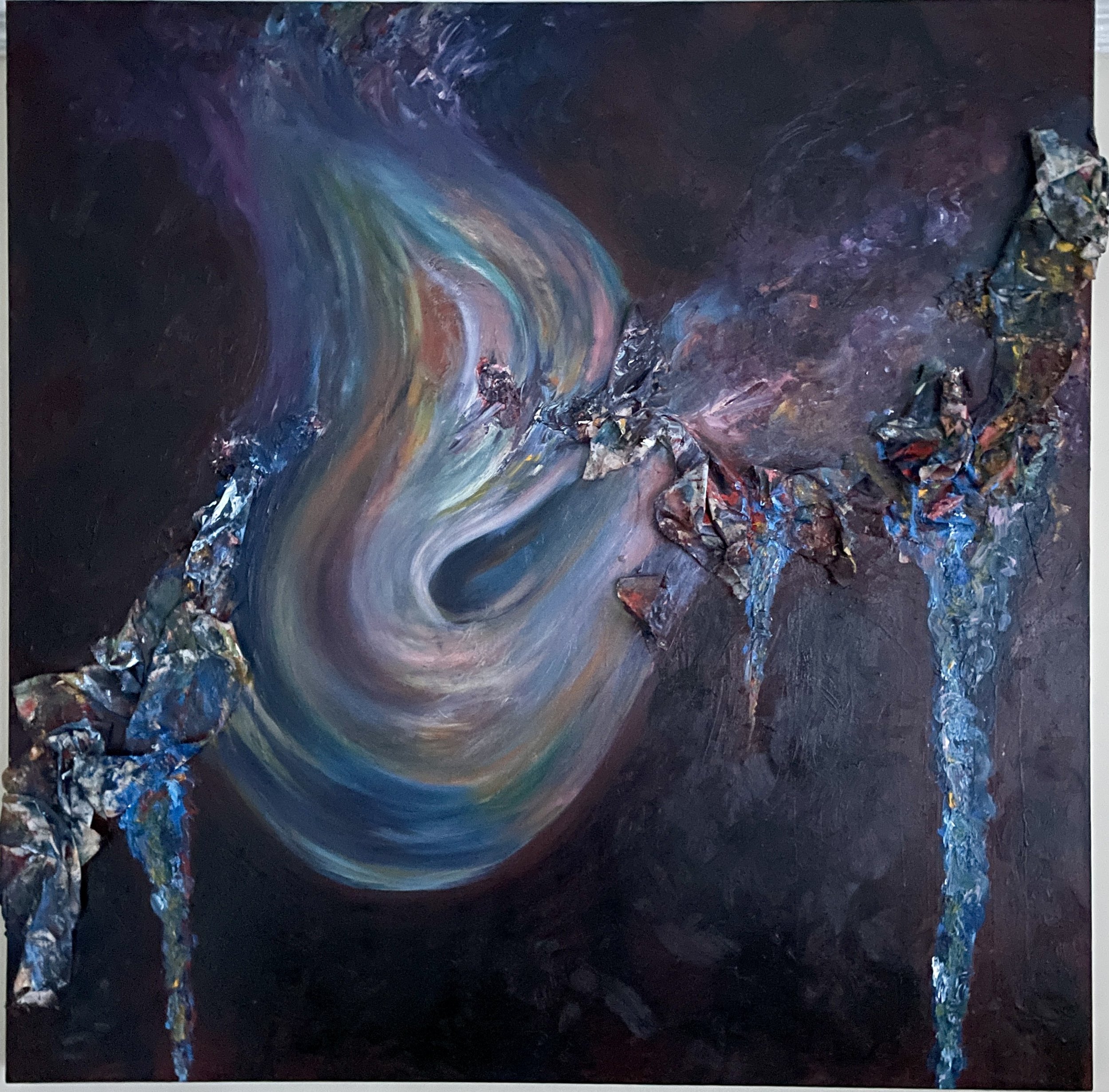
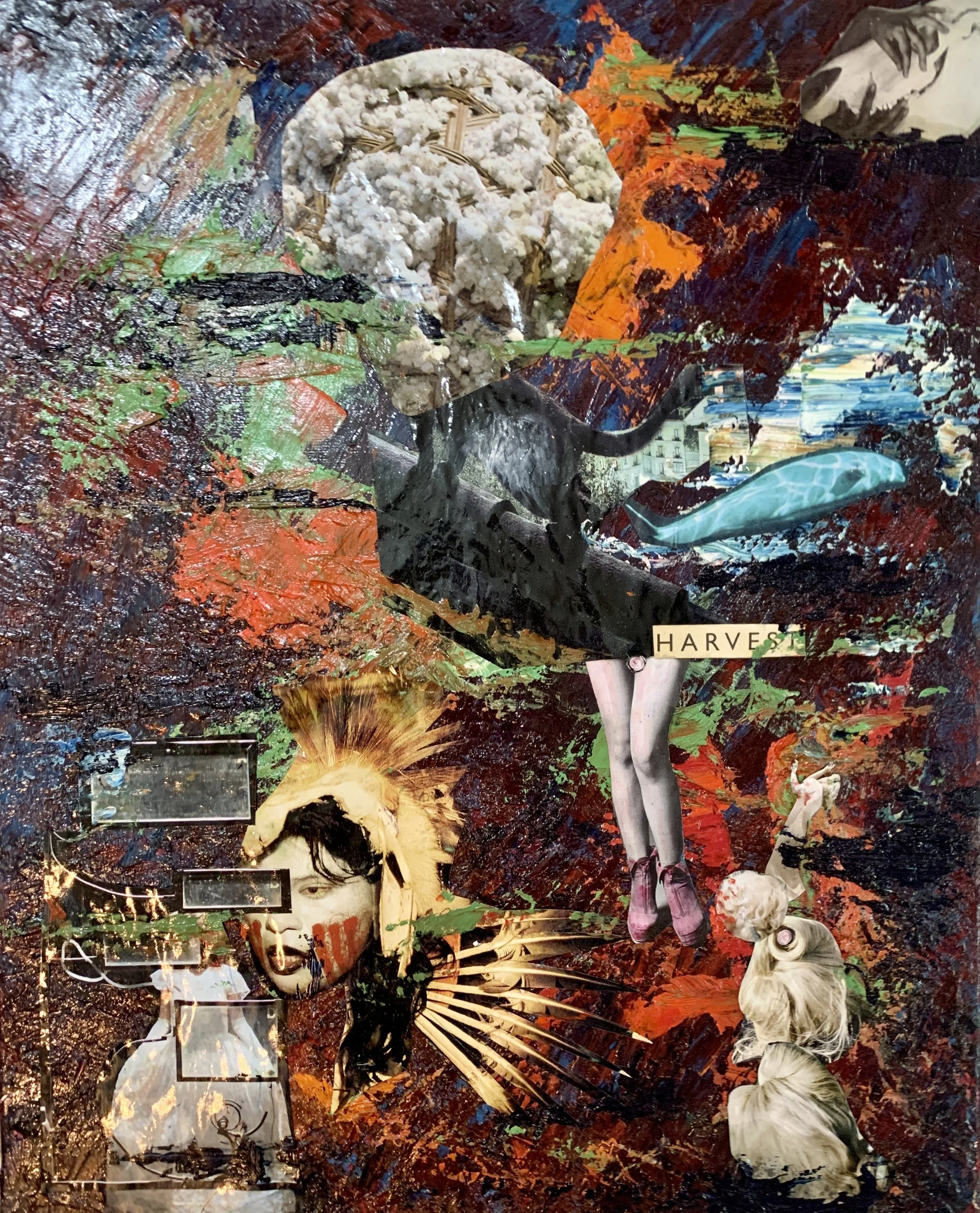
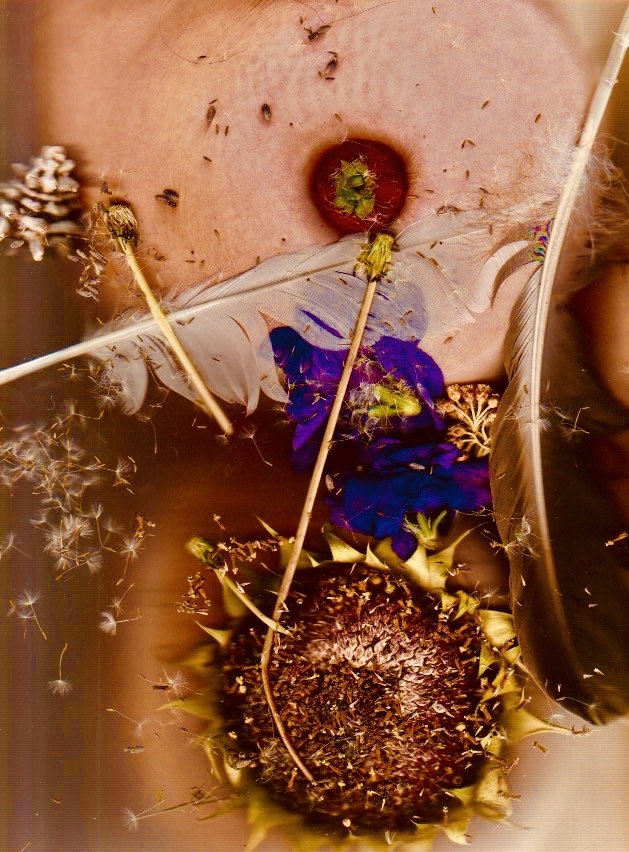
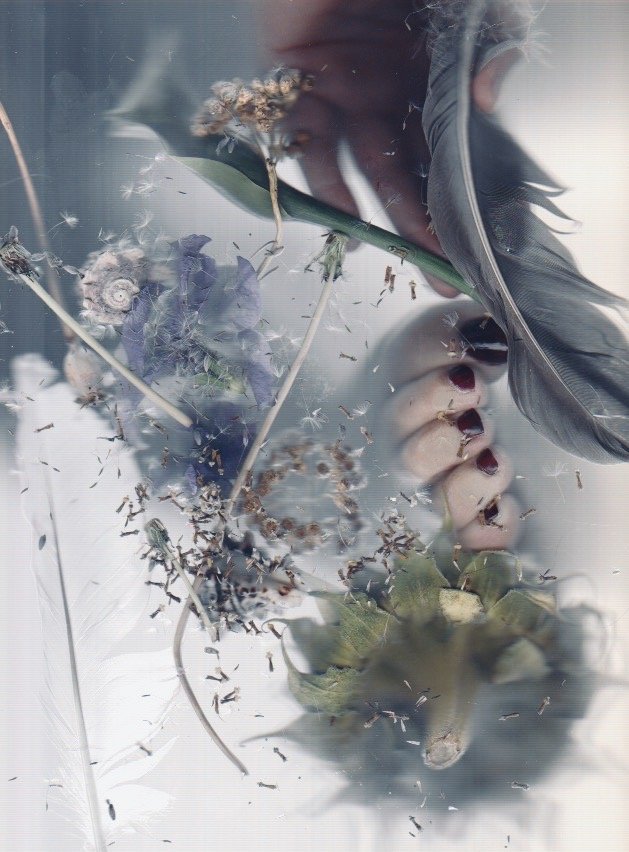
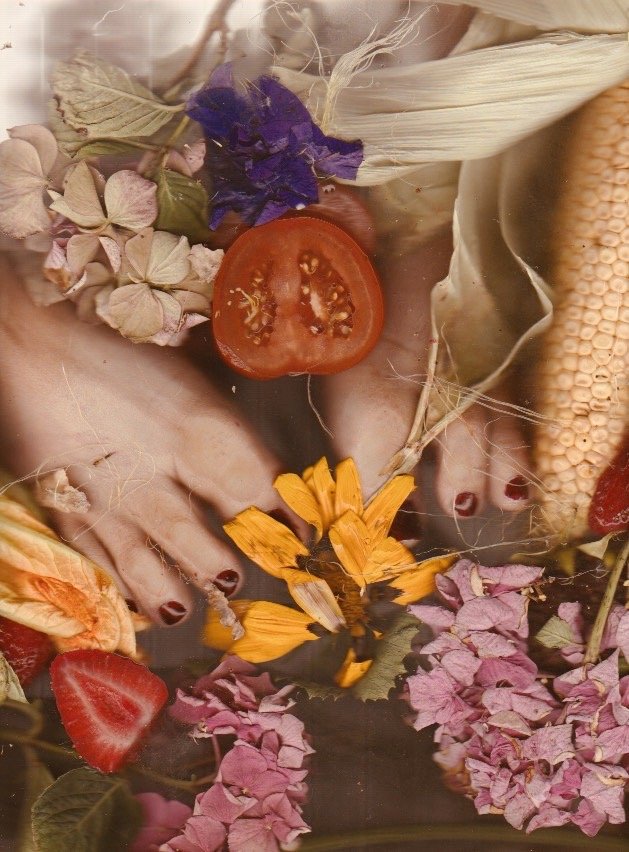
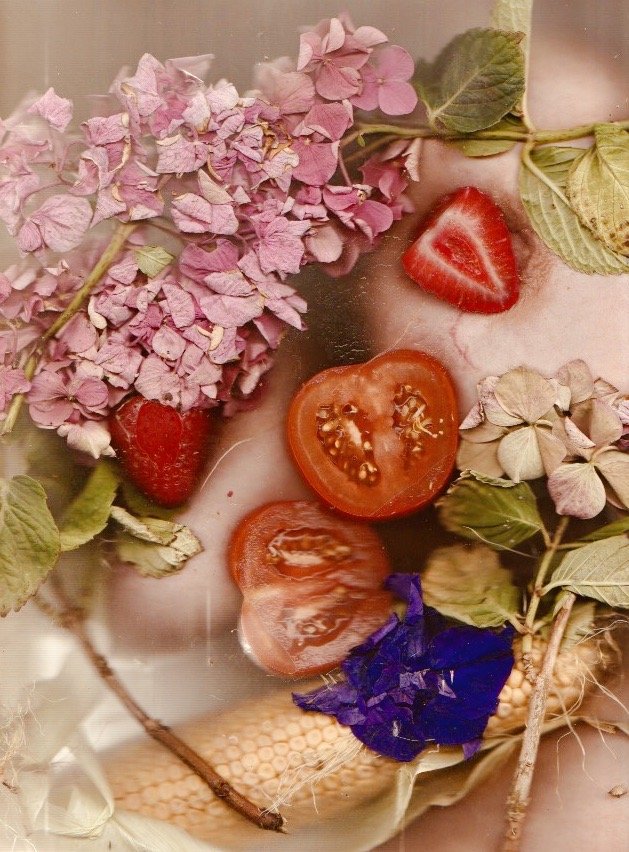
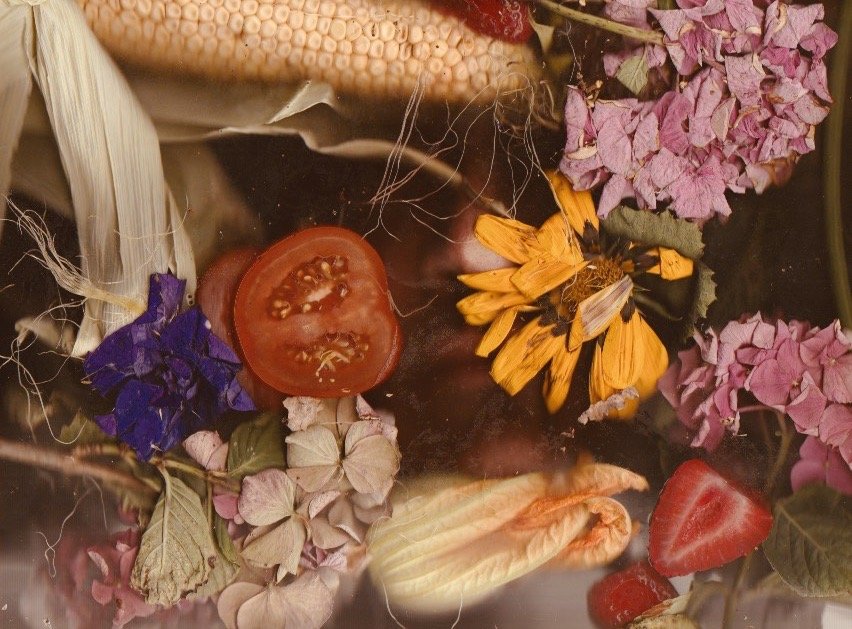
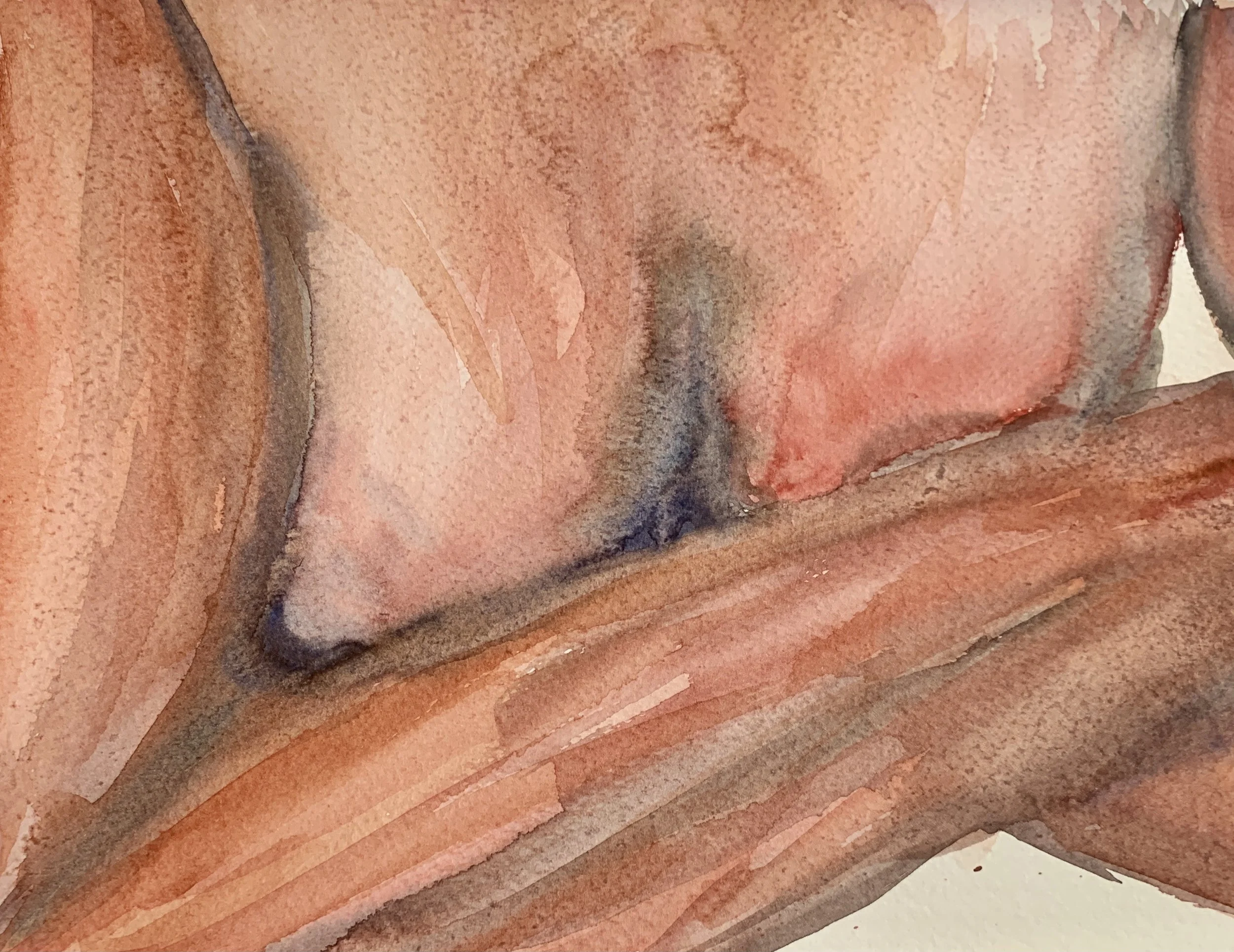
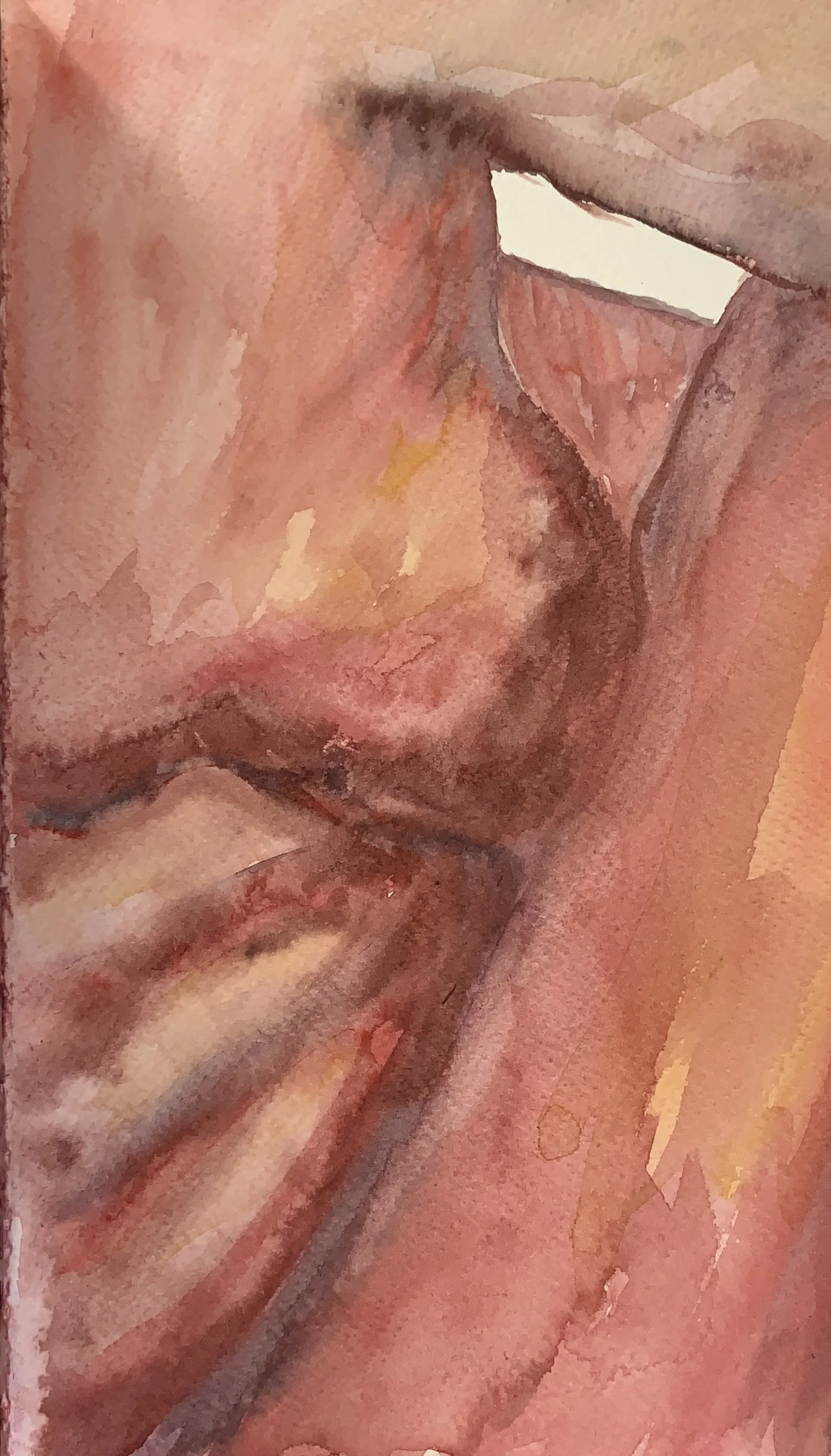
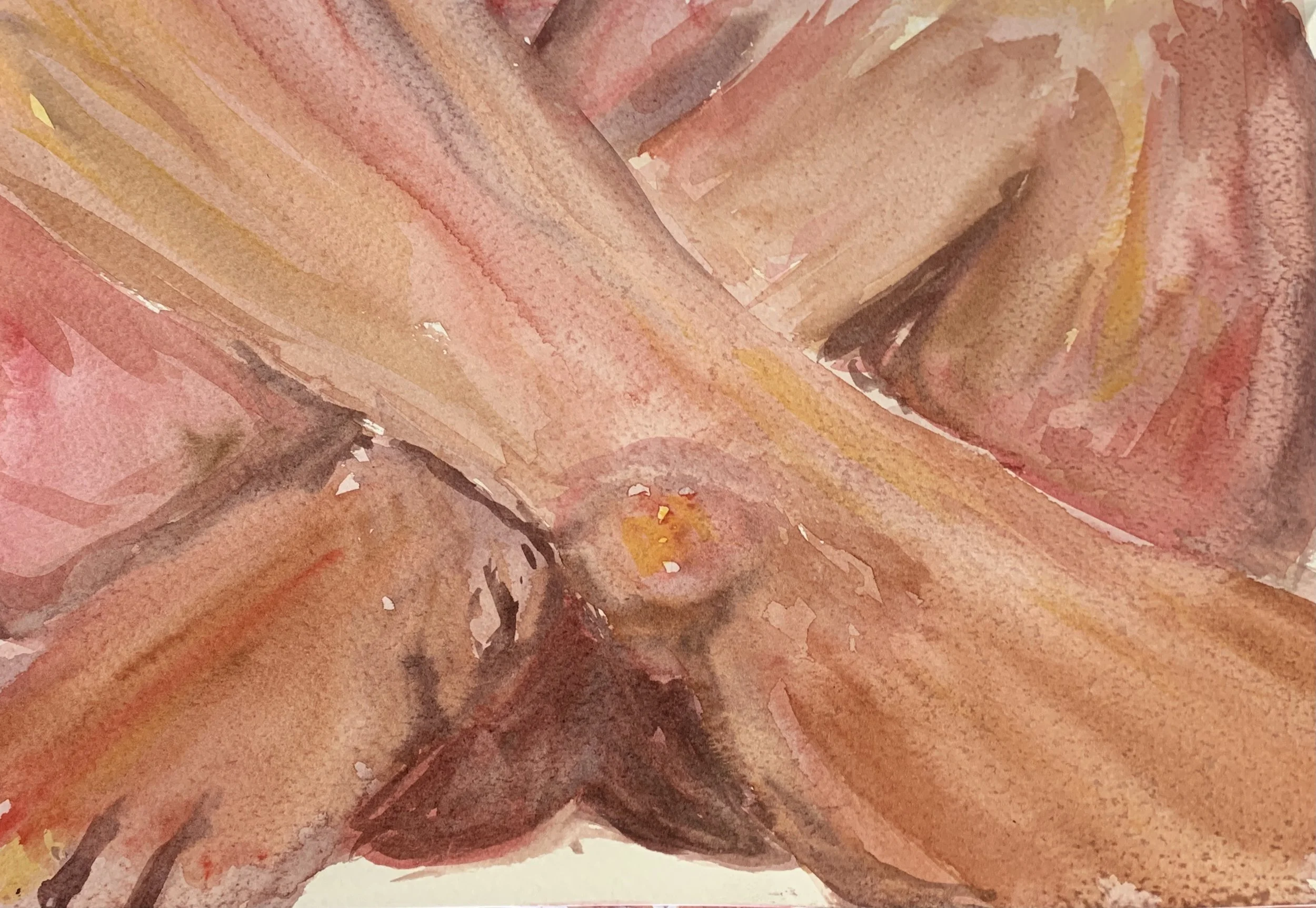
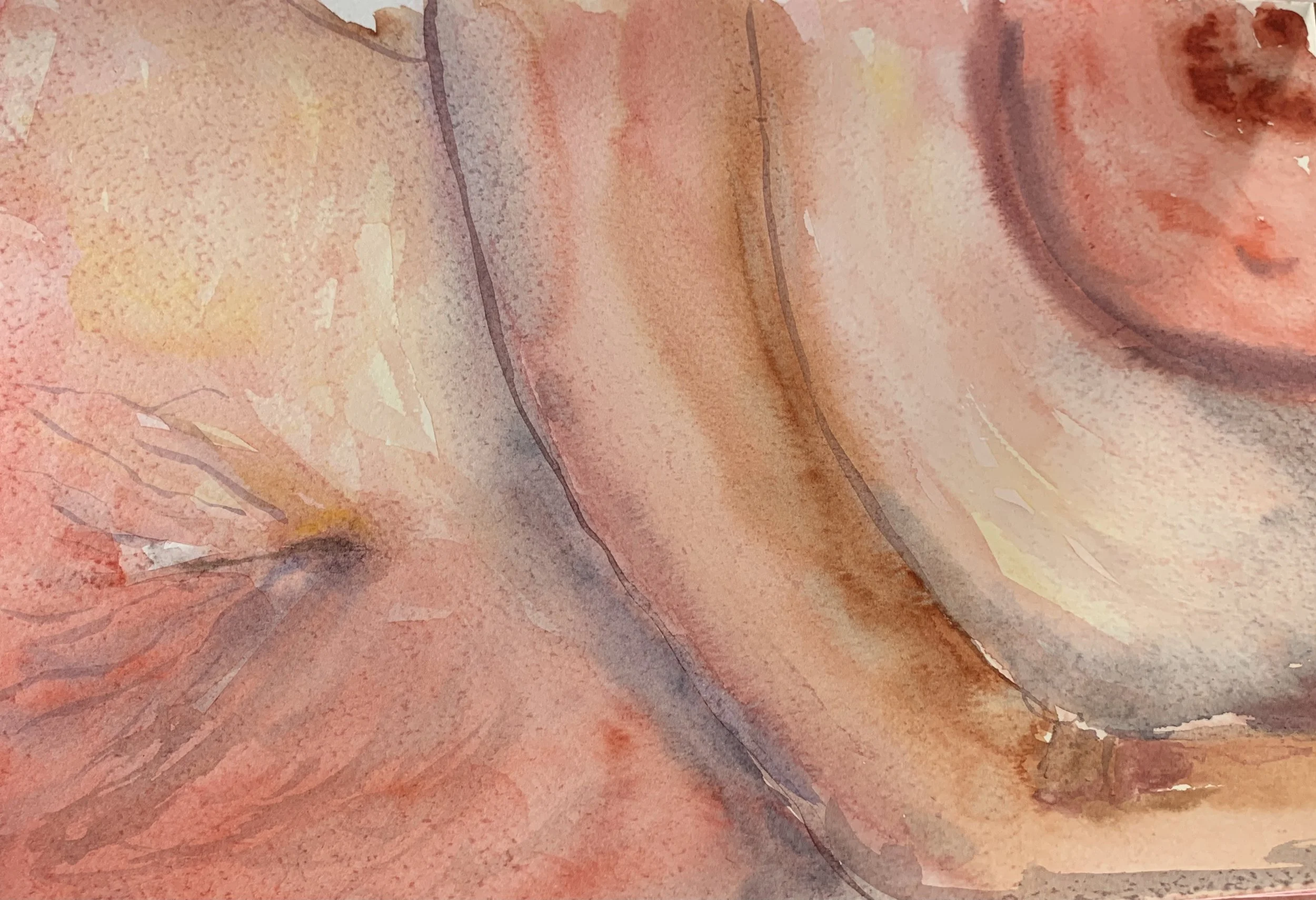

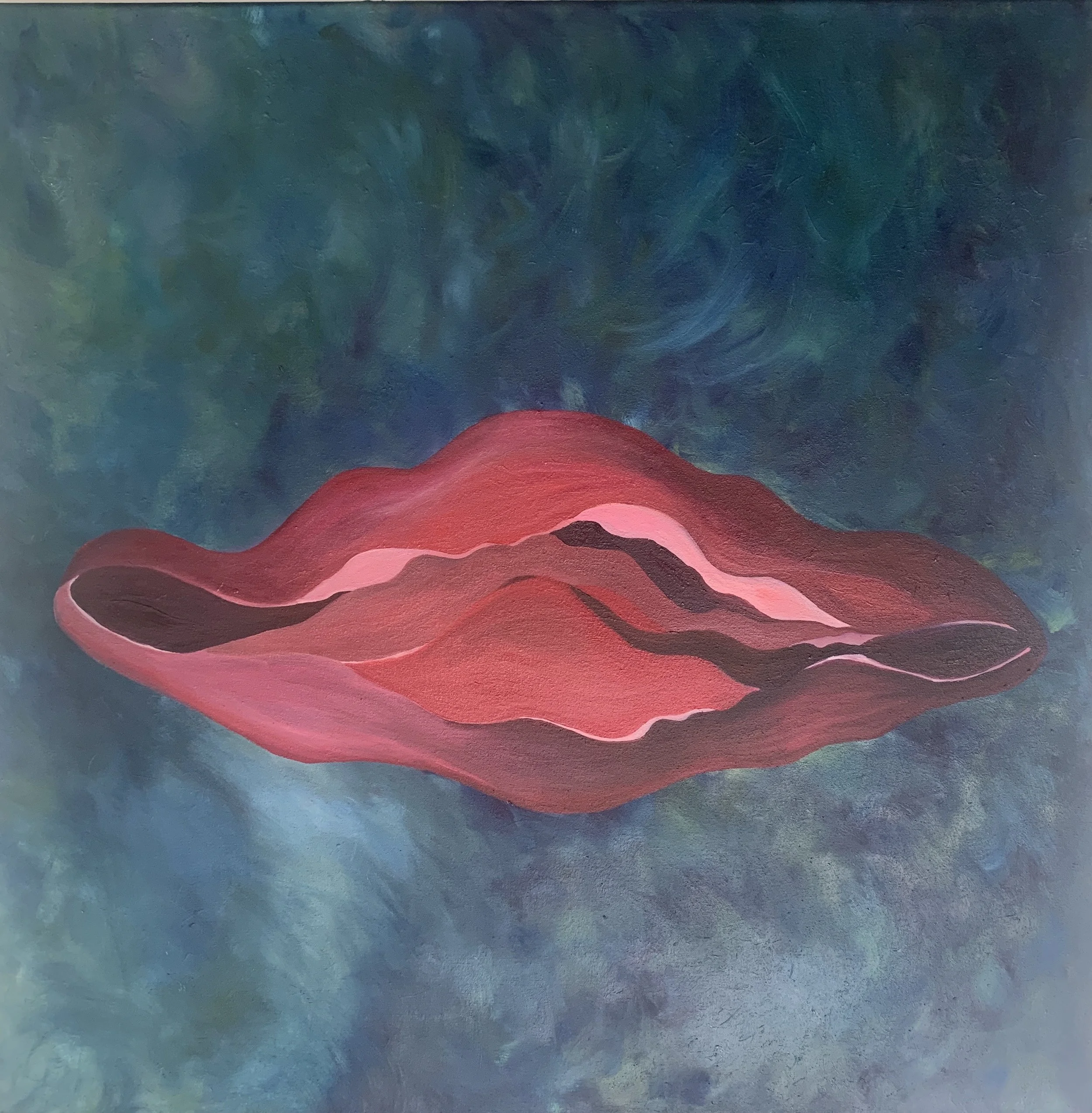
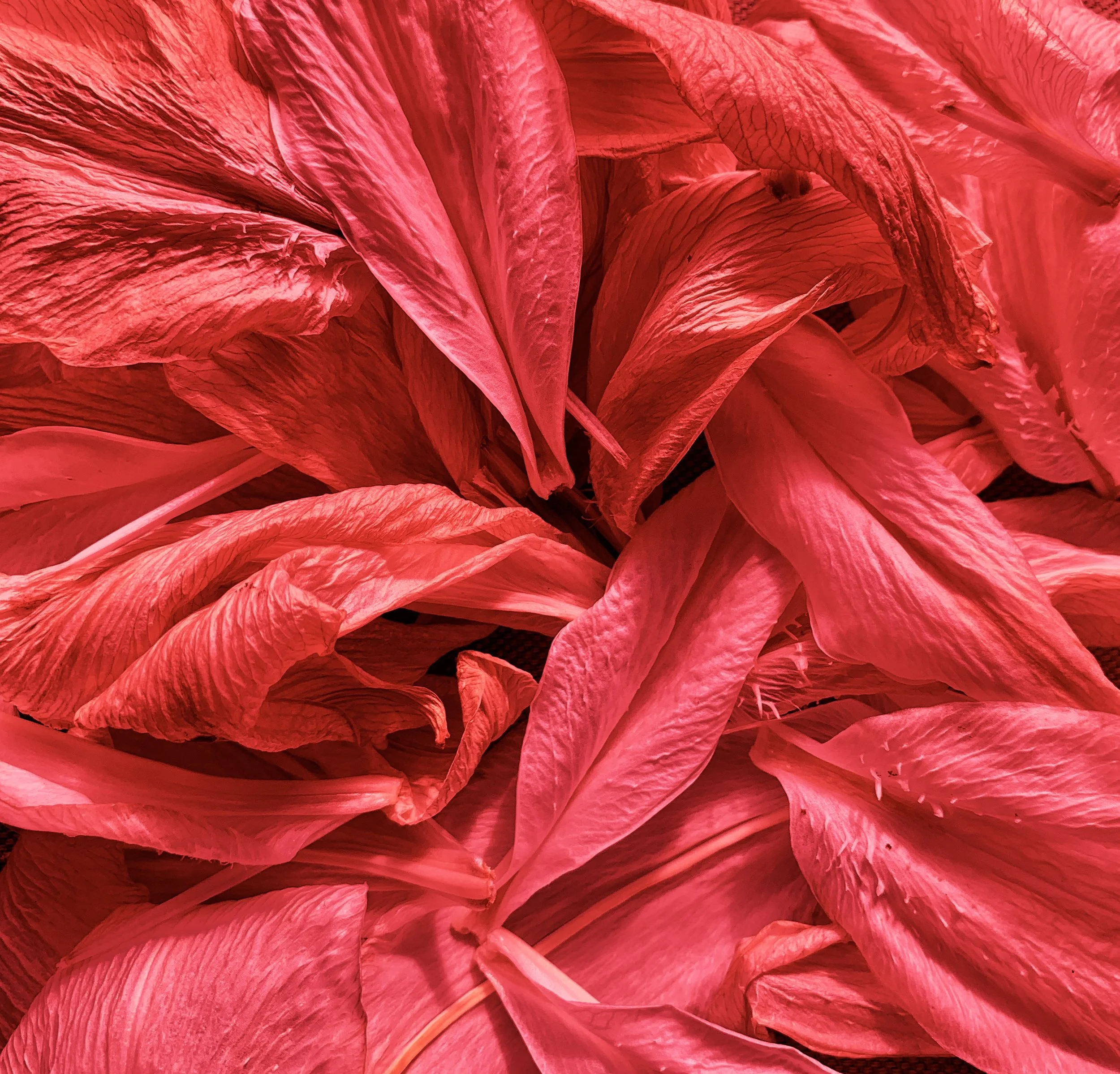
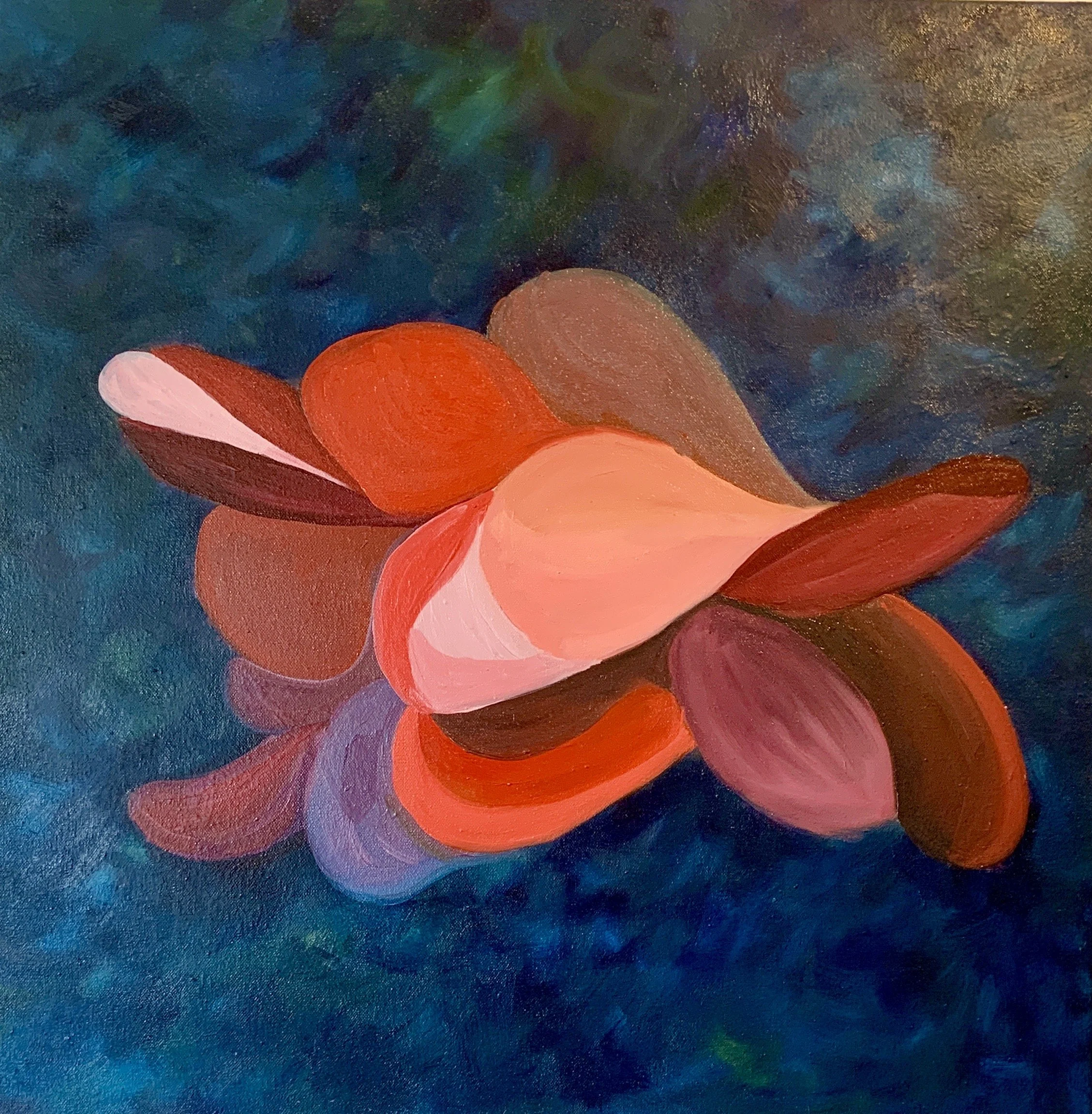
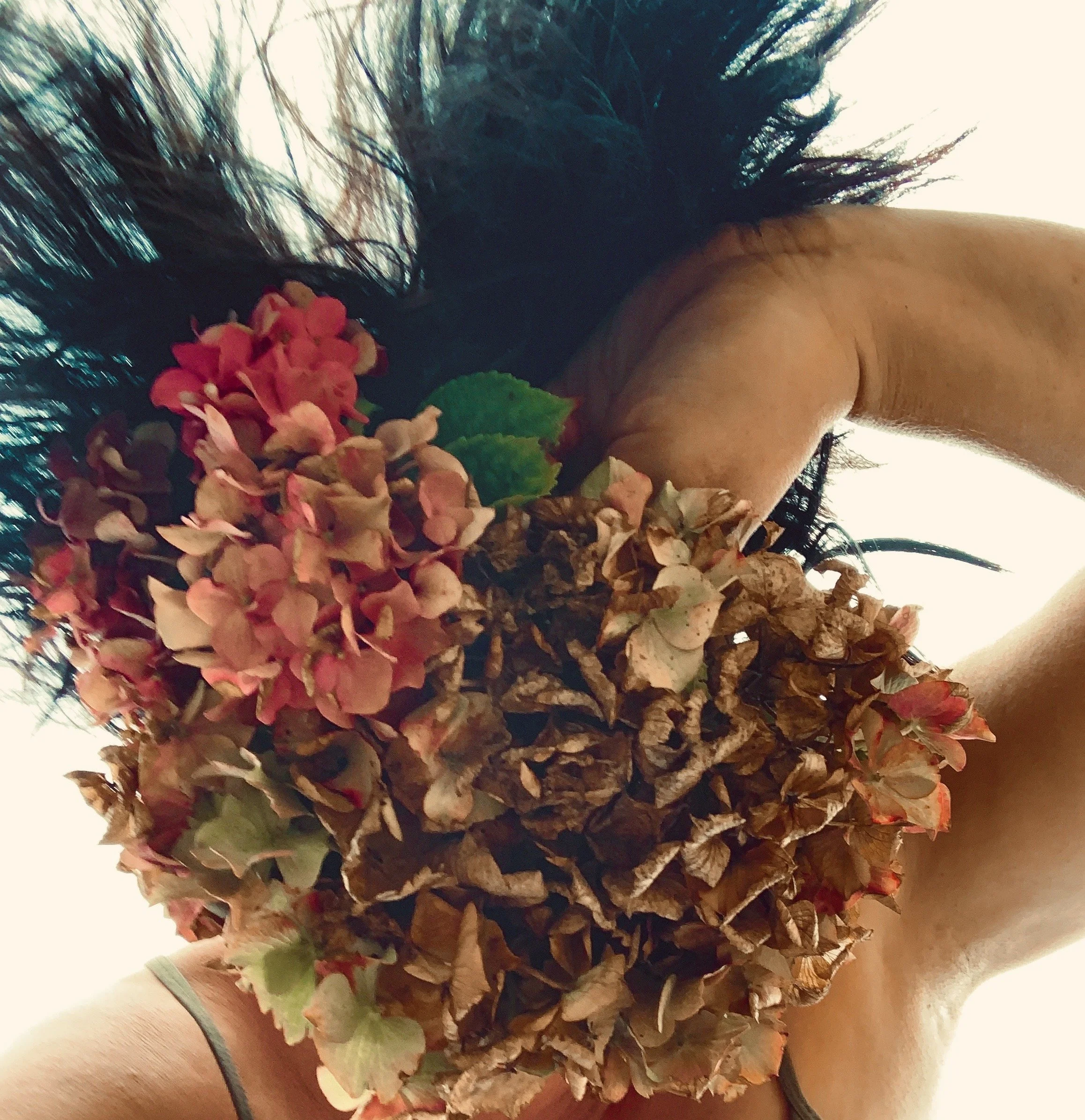
This landscape is Not a Woman
This broken land is fixable but not by human hands,
we can try, we can pretend, but the damage is done,
only when nature is left to its own devices will naturally heal.
This landscape is not a woman, we are only temporary visitors,
here for a short time
nature does not belong to us, we belong to it,
nature has its own beating heart flowing through its lands,
nature has its own language we have just forgotten to listen to a long time ago
Our time is brief here, this land is not a woman,
we should not worry about labels, we are all one kind, we are humankind. But where has the kindness gone, when did we stop being human?
We are both and all feminine, we are both and all masculine,
we are the human race,
but when did we stop being humane to our race?
Do you feel a lack of power,
power is held by the few,
they make the rules of the land that is not theirs,
control is held by the many, be the many, take control.
